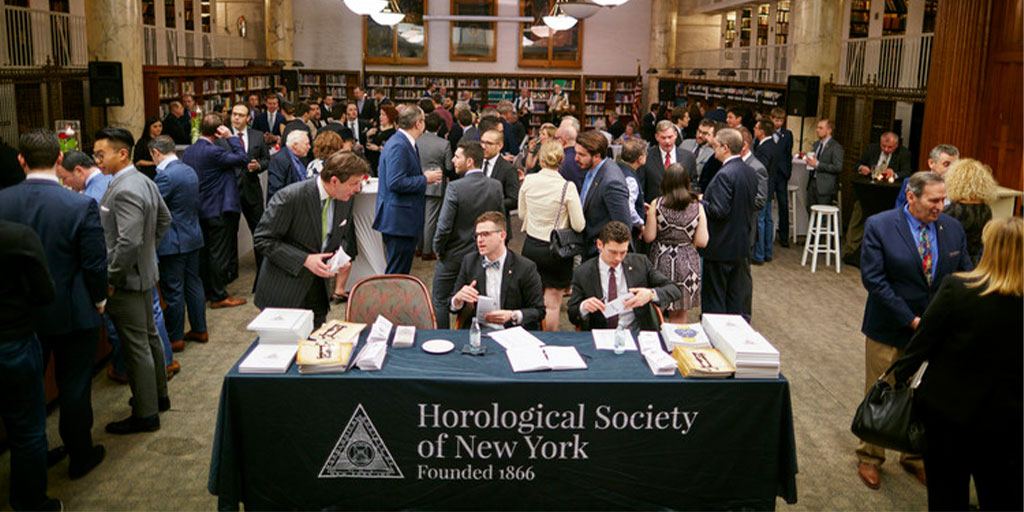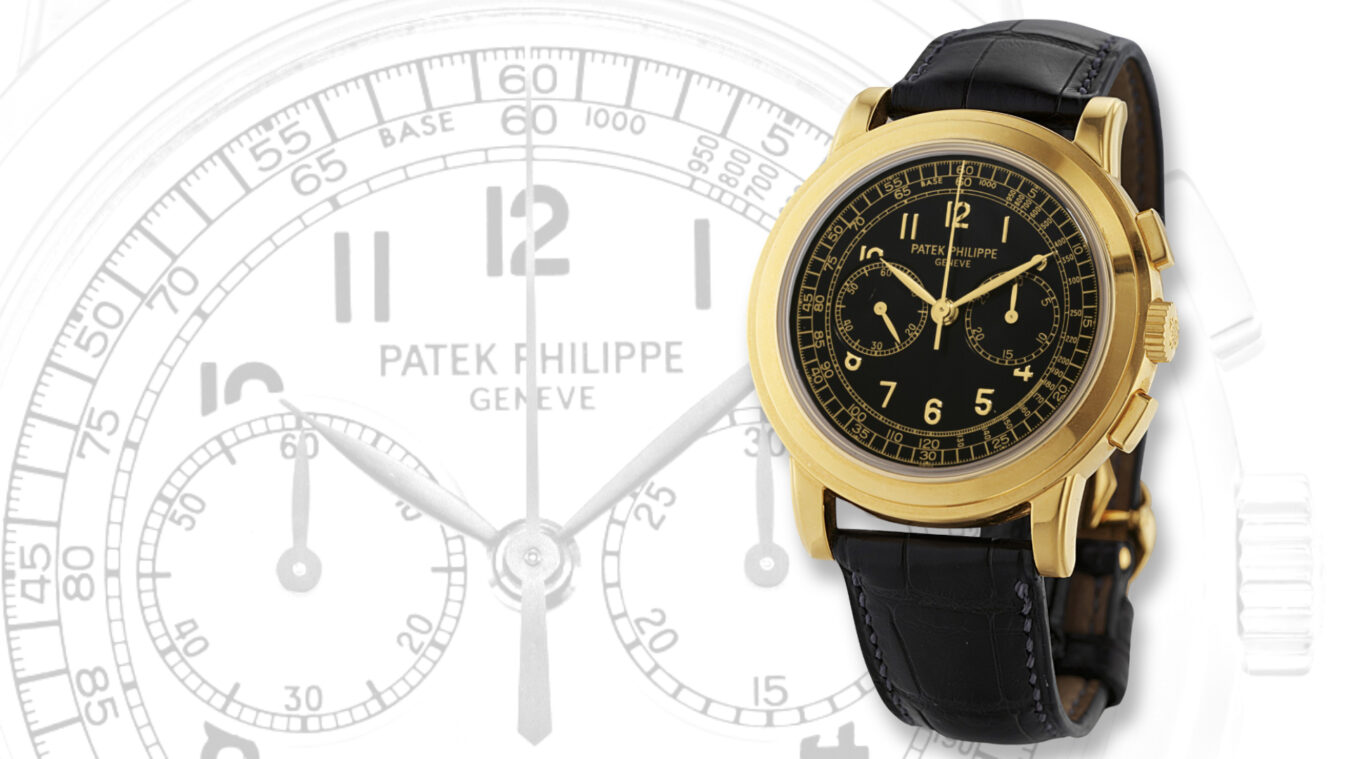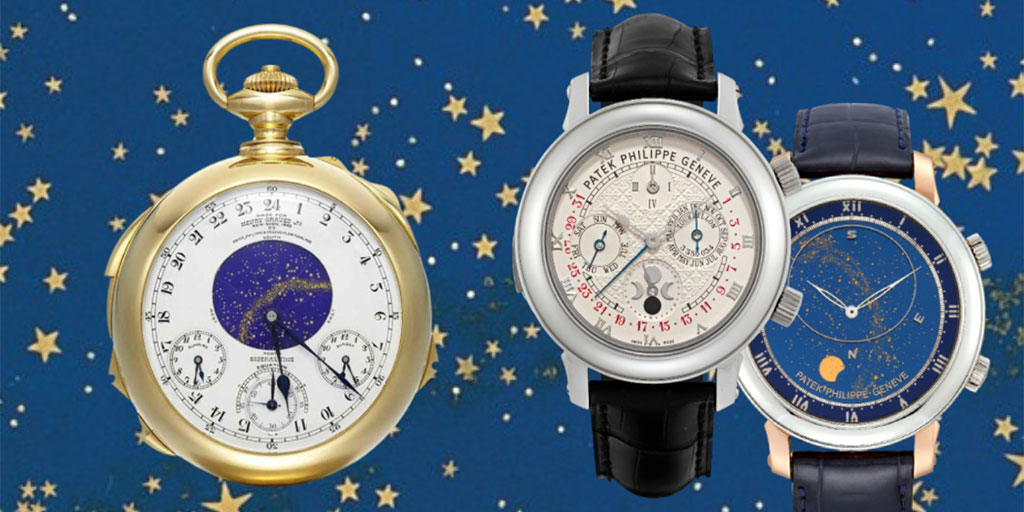There is a well-known tag line that states: “Membership has its privileges”. This may well be true for a certain credit card, but it is certainly true for memberships to the various horological societies in the USA and the UK. For around $100 you can get a membership to an organization that will provide a lifetime of knowledge and exploration into the world of watchmaking.
Here we introduce the societies that Collectability supports and highly recommend for those people who want to dive deep into horology. Most importantly, membership dollars make a significant contribution to maintaining these institutions, all of which make a difference to preserving both the past, present, and future of watchmaking.

Horological Society of New York — HSNY
First, let’s start with the Horological Society of New York (HSNY). Full disclosure, John Reardon is a Trustee Emeritus and Tania Edwards is a current Trustee of HSNY. Founded in 1866, HSNY is one of the oldest continuously operating horological institutions in the world. This is an impressive achievement considering watchmaking has been a thriving industry in Europe for centuries. It was founded by German emigres looking to support each other and the horological industry in New York when they first arrived. HSNY is a nonprofit organization dedicated to advancing the art and science of horology through education. Because of this, its educational offerings are superb. Most months of the year, the society offers lectures either in-person at their mid-town Manhattan location or online which cover all aspects of watchmaking; the lecture series has hosted experts from every field imaginable. The headquarters also boasts one of the largest horological libraries in the world thanks to the generous donation of over 25,000 items on all aspects of the study of time and timekeepers. The Jost Bürgi Research Library is a gracious and comfortable haven that is open to the public, Monday through Friday from 10 am to 5 pm EST. There are regularly special exhibitions on view in the library, all of which are worth a quick visit if you find yourself in the Big Apple with time to spare. In addition, the HSNY headquarters has a dedicated watchmaking classroom for which anyone can sign up for hands-on classes taught by professional watchmakers. The classes on offer are Horology 101: movement mechanics, Horology 102: Gear Train, Horology 103: Winding and Setting and Horology 104: Escapement. There is a fee for each class but sign up fast if you’re interested because they sell out quickly – they also make a great gift to anyone with an interest in watches. You don’t have to have any experience to work your way through each class and it’s a great way to really learn about how a movement works – and increase your appreciation for the art of watchmaking and watchmakers! Having taken a couple of classes myself I can attest to the fact that they are challenging but with the excellent tuition and a sense of real achievement after having sat at a workbench and taken apart and re-assembled a watch movement — they are great fun. The HSNY also hosts four-hour classes at locations throughout the USA and world, so have a look at the website and find something near you – it’s worth it! Finally, the HSNY generously gives financial aid to watchmaking students and watchmaking schools each year. As you’ve no doubt experienced waiting for a watch to be serviced, the industry is in great need of trained watchmakers. Helping students complete their education and horological schools provide the best equipment and training is one of the most accomplished aspects of HSNY.
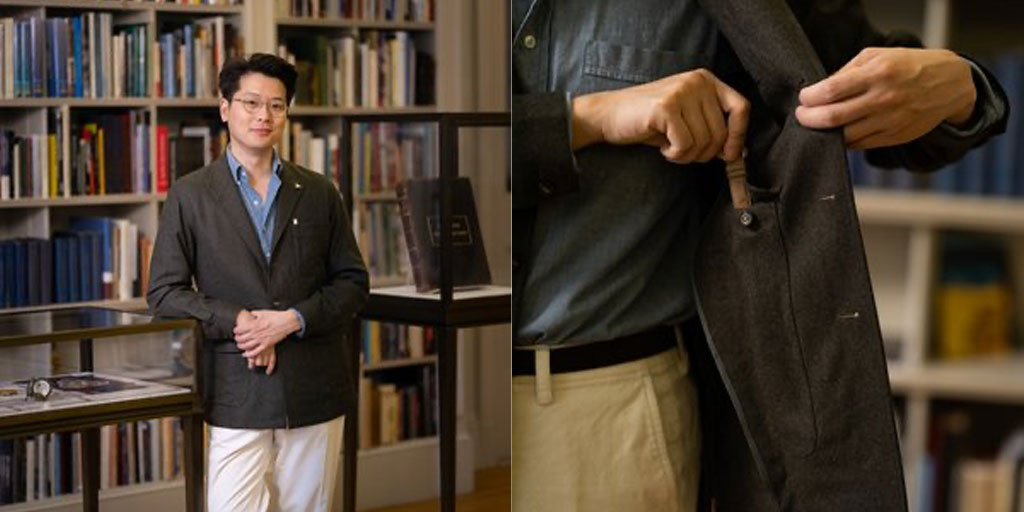
Membership starts at $100 per annum for Bronze level which includes a lapel pin, priority access to lectures and videos, watchmaking classes plus complimentary subscriptions to Hodinkee, GMT, WatchTime, Europa Star and Revolution magazines. For those willing to support the HSNY at the Gold level an additional benefit is an extremely smart 44th Street Jacket made especially by The Armoury, a brand that creates its own distinctive clothing as well as sourcing the finest artisanal products available. Membership certainly has its’ privileges!
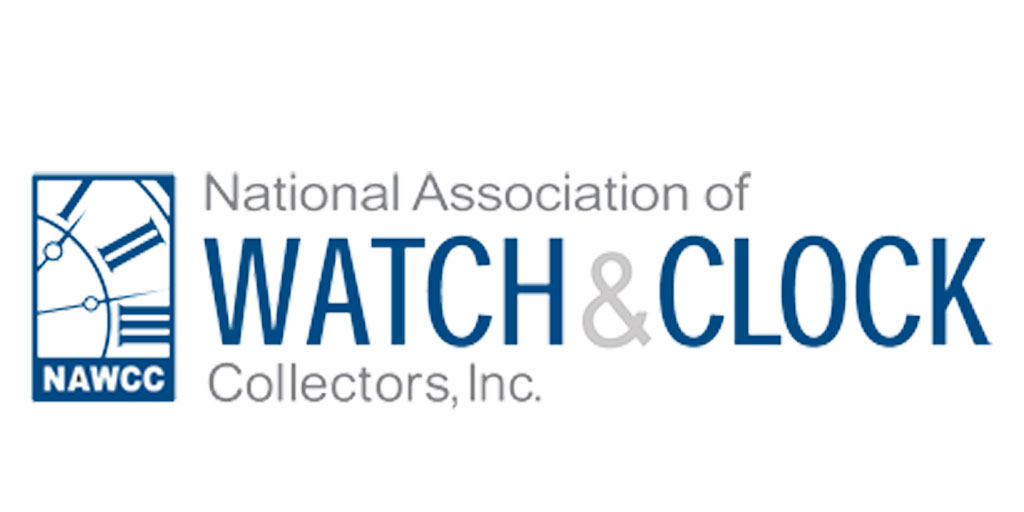
National Association of Watch & Clock Collectors NAWCC
The NAWCC and the HSNY have long entwined histories. In 1943, the NAWCC was founded by members of HSNY and the Philadelphia Watchmakers’ Guild who wished to create a national organization. They started with The Watch Collectors Club and when the club added clock collectors, they changed the name to the National Association of Watch & Clock Collectors. Today, the NAWCC has nearly 10,000 members worldwide. Located in Columbia, PA it operates the National Watch & Clock Museum which houses the largest collection of international timepieces in North America. The NAWCC also houses the Fortunat Mueller-Maerki Library & Research Center (LARC) which is one of the largest in the world dedicated to the study of time and timekeeping. The collection includes books, videos, catalogs, periodicals, and archival material. Another thing that differentiates the NAWCC is the number of trade events it holds throughout the USA each year. Members can buy, sell, and trade at these events which are popular with dealers and collectors. Digital membership is $98 which enables access to nearly a century of NAWCC publications as well as online forums to discuss every aspect of timepiece collecting, history and repair; research privileges at the Library and Research enter, plus unlimited visits to the National Watch & Clock Museum plus Gift Shop discounts. The Print membership is $112 ($132 for international) and offers all the same benefits as Digital plus six issues of the Watch & Clock Bulletin and six issues of the Mart & Highlights, NAWCC’s marketplace for members. There’s a lot going on at the NAWCC and it’s a great source for collectors looking to learn.
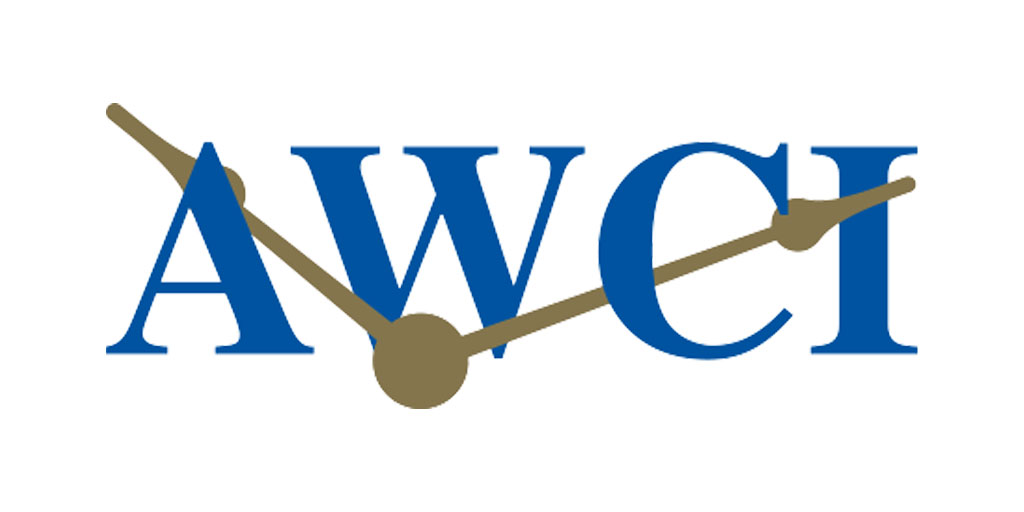
The American Watchmakers-Clockmakers Institute AWCI
Like HSNY, the AWCI began with the early guilds and watchmaker associations that laid the foundation upon which AWCI is based. Located in Harrison, Ohio the AWCI represents watchmakers, clockmakers and the industries that serve them. It promotes the horology profession through a range of education, certification, communications, and business services. The AWCI also holds the largest Member Directory of professional clockmakers and watchmakers to connect consumers with repair and retail sources. The AWCI has a highly regarded watchmaking school that offers watch and clock education with industry recognized certification. However, for those not planning to become a watch or clockmaker, there is plenty on offer for members. For those wishing to take a more academic approach to watch collecting, the AWCI offers over 15,000 technical documents on watch brands and the industry. Members also have access to the Henry B. Fried Library which houses over 3000 important horological works as well as numerous videos and a monthly subscription to the Horological Times. A digital membership starts for $35 with a regular US membership for $150/year or $124/year for international.
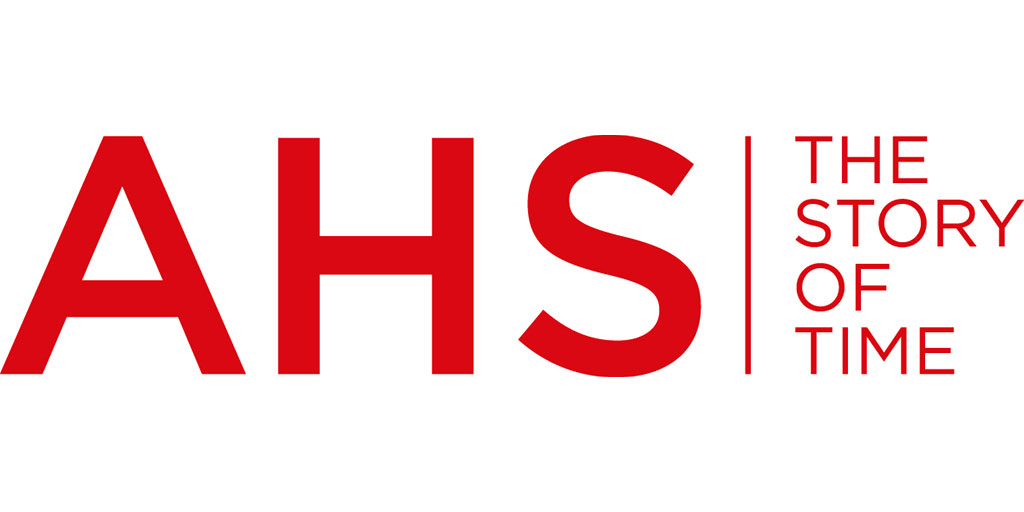
Antiquarian Horological Society AHS
Formed in 1953, the AHS is a lively and engaged society and exists to encourage the study of all matters relating to the art and history of time measurement, to foster and disseminate original research, and to encourage the preservation of examples of the horological and allied arts. I had the pleasure of meeting AHS Council Chair, Dr. James Nye at a NAWCC forum last year and his enthusiastic sell that becoming a member of AHS was the best value for money, inspired me to join (somewhat embarrassed that I wasn’t already a member!). To achieve its goals, the AHS hosts meetings, talks and events around the UK and overseas; publishes a range of specialist books (which are for sale on the website, The Majesty of the Chinese-Market Watch being a personal favorite) as well its excellent quarterly journal, Antiquarian Horology; and supports education, conservation, and historical research through a series of bursaries, prizes, and awards. It also runs special-interest groups on wristwatches, electric timekeeping, and public clocks. The special-interest groups give members a chance to meet with fellow enthusiasts and learn. For example, The Wristwatch Group was formed because of the increased interest in vintage and antique wristwatches in recent years, but with a relative lack of corresponding published scholarly research. The Wristwatch Group promotes and encourages the study of the history and development of wristwatches through meetings, education, and publications, including articles in the Journal or technical papers for Group members. For people living in the UK, events are held four times a year in the form of lectures, short talks, bring-and-discuss sessions, and visits to exhibitions, private collections and centers for the practice and study of watchmaking both in the UK and abroad. The Electrical Horology Group was formed in 1970 and has members worldwide. Meetings are also held four times a year throughout the UK, but for those not able to attend there is plenty to read in the technical papers that the Group provides online. Membership to the AHS is great value at GBP 65:00/GBP 75:00 overseas. Members receive the society’s peer-reviewed Antiquarian Horology as well as free online access to the archive from 1953. Members also get a host of other free digital resources, including the Horological Journal from 1858 to two years ago, the entire run of Watch and Clock Maker from 1928 to 1939, searchable fire insurance records, extensive horological data from the London Gazette and Old Bailey trials, and a horological bibliography. Members also have access to the AHS’s excellent resources in the Guildhall Library located in the historic City of London and online. If you’re ever in London, a planned visit to the Guildhall Library is highly-recommended.
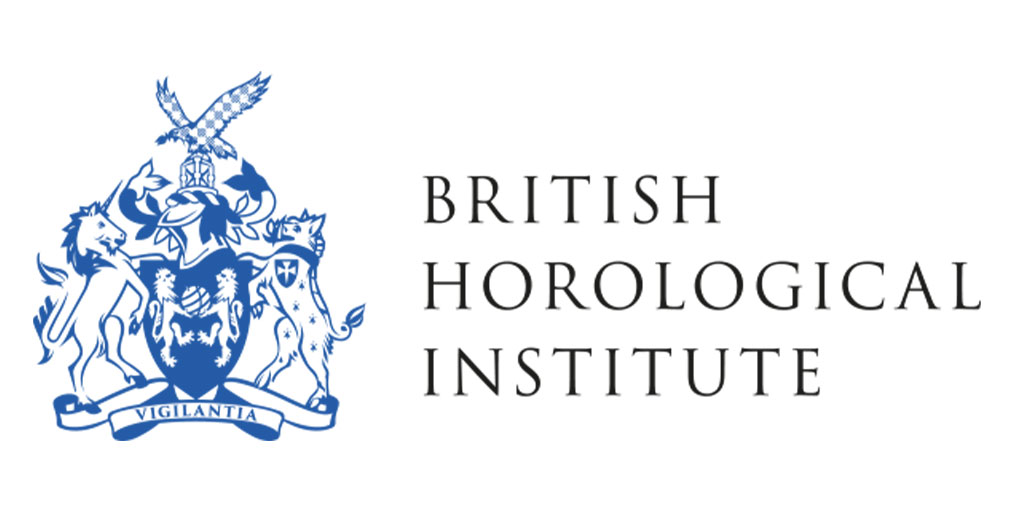
British Horological Institute BHI
The British Horological Institute is the representative body of the horological industry in the United Kingdom. It was founded by a group of clockmakers in 1858, and has its current premises at Upton Hall in Nottinghamshire, which includes the Museum of Timekeeping. In addition to its on-site training, the society offers online Distant Learning Courses for professionals and enthusiasts throughout the world. You don’t need to become a watchmaker to enjoy the benefits of joining the BHI and it has members from around the globe. Membership is GBP140/Overseas GBP165 which includes a subscription to the monthly Horological Journal the technical horological publication with news, peer-reviewed articles and studies and technical updates; access to the Museum of Timekeeping, its library and archives which are extensive. Like the AWCI, the BHI keeps a register of qualified watch and clock repairers.
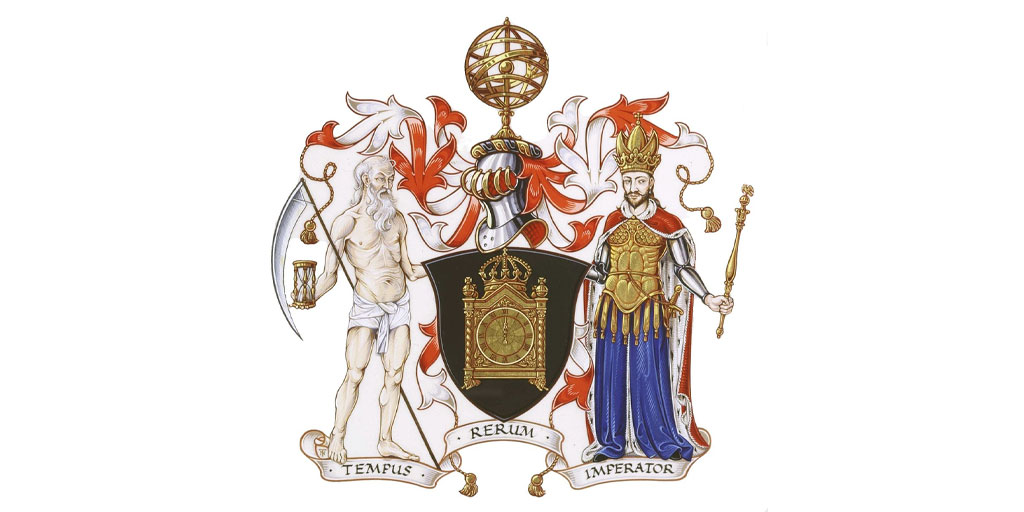
The Worshipful Company of Clockmakers
The Worshipful Company of Clockmakers was founded over four centuries ago and is the oldest horological guild in the world. As watch and clockmaking started to grow in the U.K. during the 1620s, clockmakers wanted to establish a dedicated company as a representative body. This was an expensive undertaking but by 1631, the Company received its Royal Charter from King Charles I and this secured the Company. Achieving the status of Liveryman of The Worshipful Company of Clockmakers is one of the highest honors in watchmaking, and Collectability is very proud that John Reardon was awarded this prestigious position in 2020 . The Clockmakers Company has been home to some of the most illustrious names in watchmaking such as George Daniels, Thomas Tompion, George Graham, Thomas Mudge, John Arnold and William Frodsham to name but a few. Today, the Company still maintains the spirit of its original 1631 charter, with members now drawn from a diverse field that includes watch and clockmakers, designers, collectors, maintainers, conservators, researchers, hand engravers, retailers, and dealers – or anyone with a close involvement with horology. As a networking organization, the Company brings together the widest group of horological specialists. Its library and archive, held at the historic Guildhall Library in London, is of international significance. It supports and promotes horological education and training through grants, prizes, and mentoring. It also maintains the world’s oldest watch and clock collection housed at the Science Museum, London.
The Company welcomes members from all walks of life, around the globe with an interest in horology. New members join the Freedom of the Company. In due course, they may progress from the Freedom to the Livery. You can read more about the history and tradition of the Freedom and the Livery by clicking the highlighted links. Apprentices, students and family members have their own route to the Freedom, but most applicants join by being proposed by two members of the Livery, one of whom will be a Court member. You don’t need to know an existing member prior to joining, or to be introduced by one. An informal interview may occur, sometimes by telephone. The application process is straightforward, and you can contact the Clerk for further details. The cost of membership is heavily discounted, on a sliding scale based on age, in order to encourage younger members. General Livery membership provides various entitlements including the right to vote in City of London elections. To join the Livery, applicants must first secure their Freedom of the City, in an ancient and memorable ceremony conducted at Guildhall. The Livery provides the Company with its officers, such as the Stewards and members of its Court, as well as participants in operational committees that advise the Court. Standard membership is GBP 140 and for a full list of the various memberships please see here.

Don’t forget Museums!
Most of the world’s great museums house some of the most important and fascinating horological collections. As well as museums directly related to the societies featured above, next time you travel consider visiting the following, a very small representation and just a suggestion:
- The Metropolitan Museum, New York has over 570 exquisite timepieces dating from the 1600s. Unfortunately, all are not on view, and they are located throughout various galleries depending the date and functions. Our suggestion is to have a look at what the museum owns here and decide where to spend some time. Hopefully, the museum will have a special watch and clock exhibition as it has not for a few years.
- The Smithsonian Institution, Washington, D.C. owns an extensive collection of timepieces, however, those on display are presented throughout various museums and galleries under the Smithsonian’s care as you can see here. If you’re not visiting the D.C. area any time soon, we recommend you listen to this Collectability Podcast with Carlene Stephens who is a Curator at the Division of Work and Industry in the Smithsonian’s National Museum of American History and has organized many important exhibitions and actively collects timepieces for the museum.
- The American Clock & Watch Museum, Bristol, CT Anyone traveling on the East Coast of the USA, should try and visit this museum dedicated solely to horology. Located in the heart of the historic center of American clockmaking, ACWM is the world’s preeminent horological museum in American clocks, primarily industrial-made clocks of the 19th and early 20th century. It’s also where John Reardon caught the horology bug when he was a teenager.
- The British Museum, London, this museum is one of the few internationally recognized institutions that houses a permanent collection of watches and clocks open to the public. The museum owns over 8000 items which includes clocks, watches, scientific instruments, parts, prints and ephemera. Any piece can be viewed if not on display, it just requires a little organization and request in advance.
- The Patek Philippe Museum, as you might expect, Switzerland is the Mecca for watch and clock museums, and not surprisingly, we recommend the Patek Philippe Museum as a must on anyone’s bucket list. There are however, excellent museums to visit throughout Switzerland as this list by Roger Ruegger in WatchTime If you’d like to listen to two of the curators of two important Swiss museums, please link to our Collectability Podcasts with Natalie Marielloni from the International Watchmaking Museum (MIH) and Rene Beyer whose family started the Beyer Clock and Watch Museum.
The above list is just a suggestion, but please consider becoming a member of at least one horological society. Discovering watchmaking at any level is a lifetime of learning and is so much more interesting than just reference numbers and case sizes.

